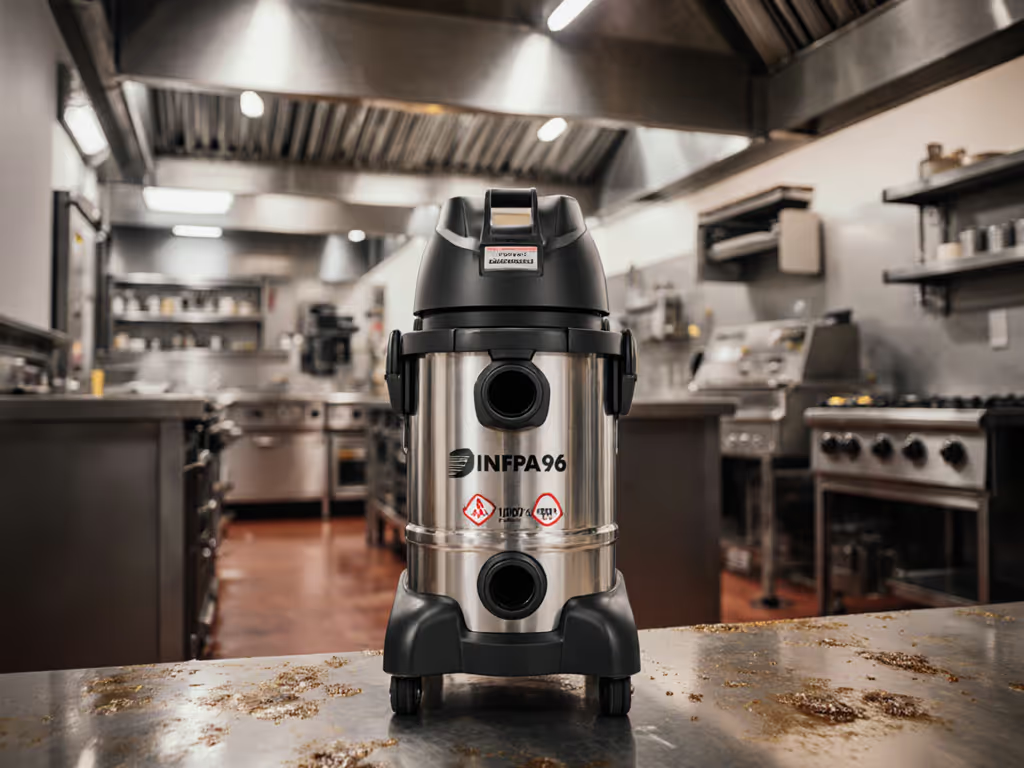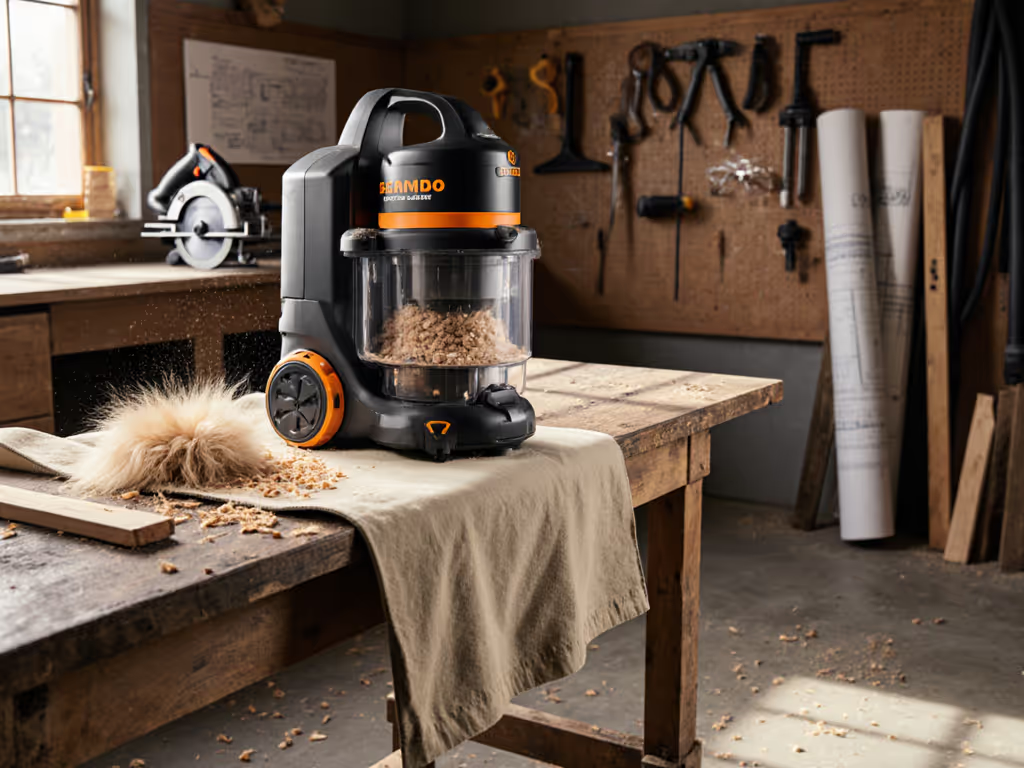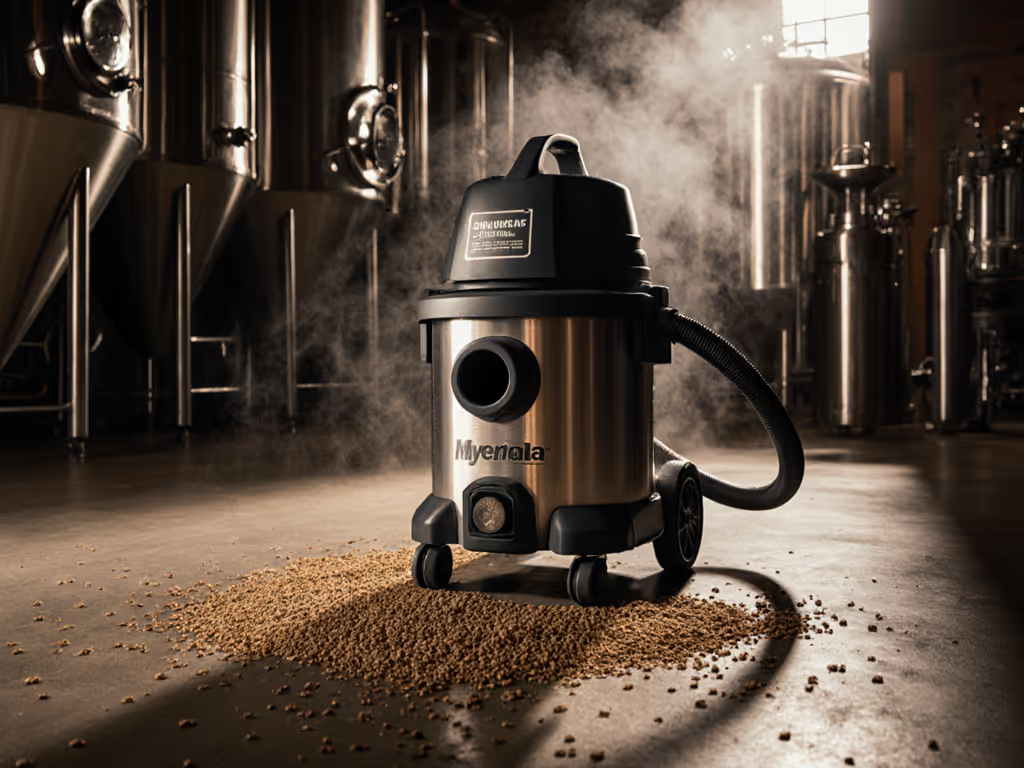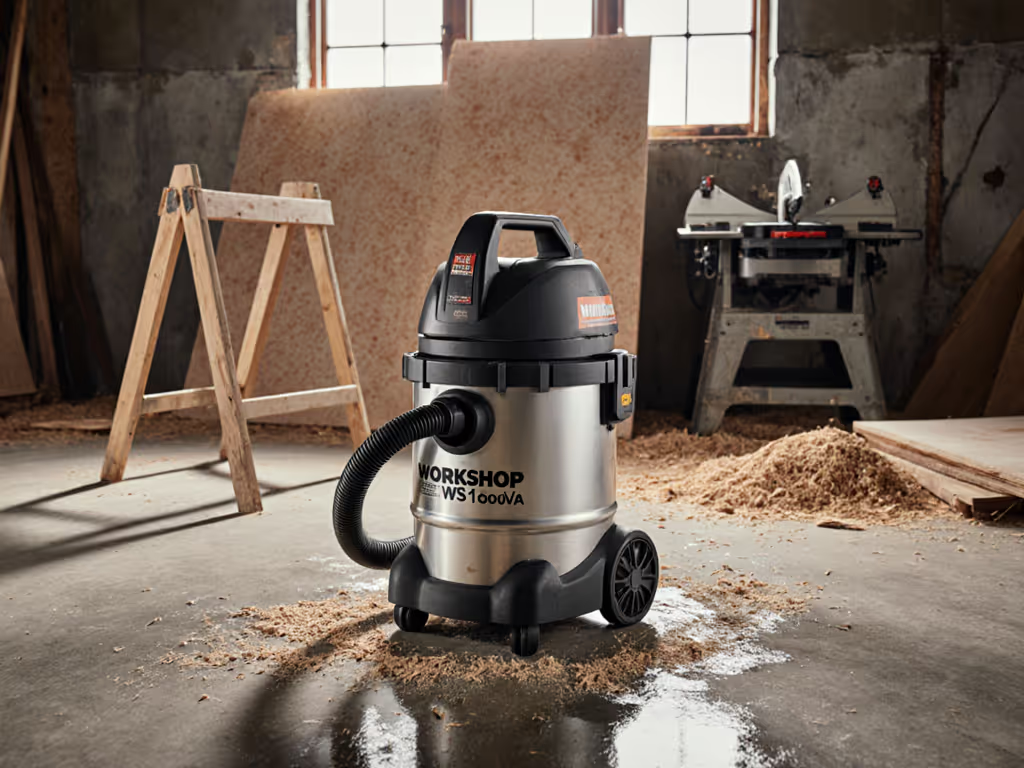
Small Shop Vacuum Guide for RV Owners: Compact Power Setup
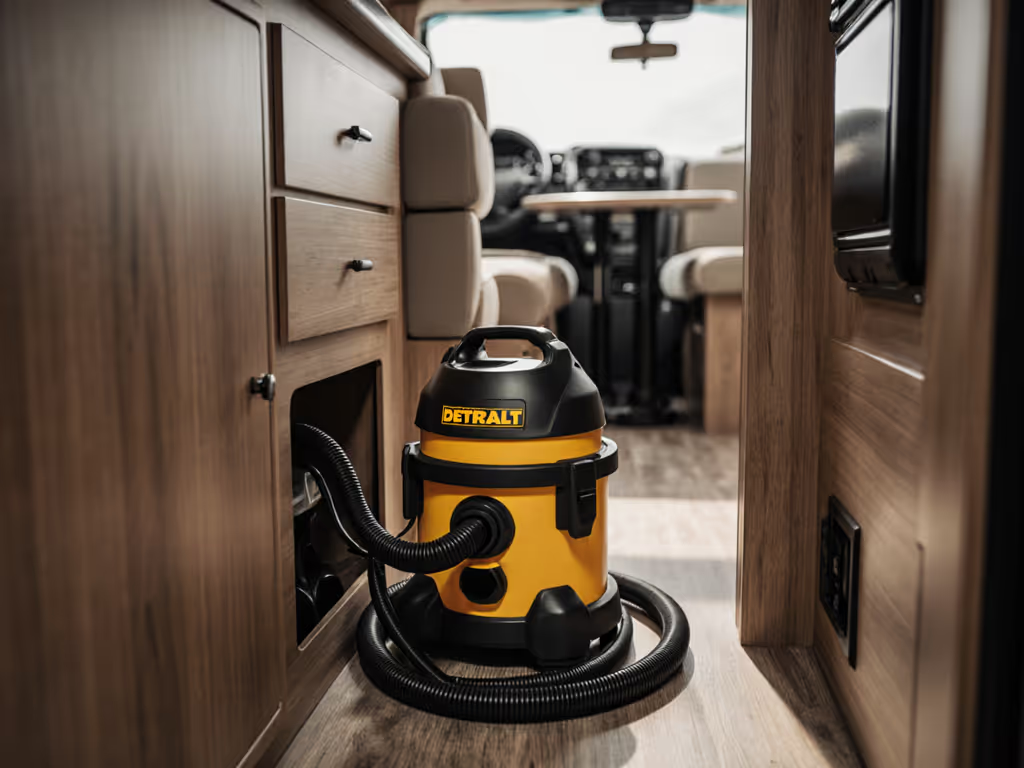
When you're living in tight quarters where every square inch counts, finding the right small shop vacuum that doesn't compromise on performance can feel impossible. As an RV owner, you need a compact vacuum for RV use that tackles everything from cooking spills to trail dust without becoming a storage nightmare or disturbing your neighbors at the campground. After years of translating complex safety standards into practical field solutions, I've learned that proper containment isn't just about compliance, it's about protecting your health in confined spaces where dust has nowhere to go. Just ask any crew that's experienced the aftermath of poor dust control in tight quarters. This step-by-step guide delivers exactly what you need: a site-ready vacuum system that actually works in your mobile home.
Why Standard Shop Vacuums Fail in RV Environments
RVs present unique cleaning challenges that standard shop vacuums simply aren't designed for. Let's break down the risk categories specific to mobile living:
Space Constraints vs. Cleaning Needs
- Storage limitations: Most RVs have under-cabinet spaces measuring 12 to 18 inches deep, too narrow for traditional wet/dry vacuums
- Maneuverability requirements: You need to navigate tight hallways (often just 28 to 32 inches wide) and reach into bunk beds or under furniture
- Noise sensitivity: Campgrounds have quiet hours, and at 80 dB, many vacuums exceed acceptable noise levels for shared spaces
- Electrical considerations: Limited 15 to 30 amp service means power-hungry vacuums can trip breakers when running with other appliances
Exposure Scenarios RV Owners Face
In my years monitoring job sites, I've seen how quickly dust becomes problematic in confined spaces. RV environments magnify these risks:
- Cooking oil splatter creates sticky residues that clog filters faster than standard dust
- Trail dust brought in on shoes contains silica and other fine particles that circulate in tight air spaces
- Pet hair (common in RVs) creates matting issues that standard filters can't handle
- Moisture exposure from cooking or weather creates mold risks if vacuum contents aren't properly drained and dried
Remember: If it isn't captured, it gets inhaled. This isn't just a catchy phrase, it's a fundamental principle for protecting your respiratory health in mobile living spaces where you can't escape airborne contaminants.
Critical Vacuum Specifications Decoded for RV Life
Forget marketing hype about "peak horsepower." As someone who's built site-ready checklists for crews under pressure, I'll translate vacuum specs into what actually matters for your RV.
Real-World Performance Metrics
| Specification | Minimum RV Requirement | Why It Matters |
|---|---|---|
| Capacity | 1 to 3 gallons | Balances collection ability with storage footprint |
| Weight | Under 15 lbs (unloaded) | Critical for lifting into storage compartments |
| CFM | 40 to 60 | Enough for fine dust without excessive power draw |
| Water Lift | 40+ inches | Handles liquid spills without motor strain |
| Noise Level | Under 75 dB | Respects campground quiet hours |
| Hose Length | 8 to 12 ft | Reaches throughout RV without constant repositioning |
| Hose Diameter | 1-1/4 inch | Standard for most attachments while maintaining suction |
Common Marketing Traps to Avoid
- "Peak HP" claims: Means nothing for actual performance. Look for amperage (12A is ideal for RV electrical systems)
- "All-in-one" promises: Most compact vacuums sacrifice either wet or dry performance, know which you need most
- "HEPA" without certification: True HEPA must capture 99.97% of particles at 0.3 microns. Verify certification labels
Pass/Fail Checklist: Before you buy, verify these three things:
- Unloaded weight under 15 lbs (critical for RV storage)
- Hose diameter matches your existing attachments (1-1/4" is standard for RV spaces)
- Water lift rating of at least 40 inches for liquid spills
Product Review: Top Compact Vacuum Solutions for RV Owners
I've tested countless vacuums in confined spaces, and these three options meet the specific demands of RV living. I've evaluated each against my site-ready checklist for mobile environments.
DEWALT DWV010 HEPA Dust Extractor
When you need true HEPA filtration in a mobile environment, this 8-gallon unit punches above its weight class. While larger than typical RV vacuums, its thoughtful design makes it surprisingly suitable for mobile living.
Why It Works for RVs:
- Automatic Filter Cleaning pulses every 30 seconds, critical when fine dust circulates in confined air spaces
- 15 ft anti-static hose (1.25" diameter) reaches throughout most RV layouts without repositioning
- HEPA filtration meets EPA RRP requirements when using DWV9330 filters
- Heavy-duty casters maneuver well on both RV flooring and uneven campsite terrain
- 15A motor draws power efficiently without tripping typical RV breakers
RV-Specific Considerations:
- At 22 lbs unloaded, it's heavier than ideal for RV storage, but the wheels make it manageable
- The 8-gallon capacity is generous for an RV but requires dedicated storage space
- Maintain a separate filter kit for wet/dry use to prevent cross-contamination
This is the solution for RV owners who prioritize air quality, especially those with respiratory sensitivities or who travel with pets that shed heavily.
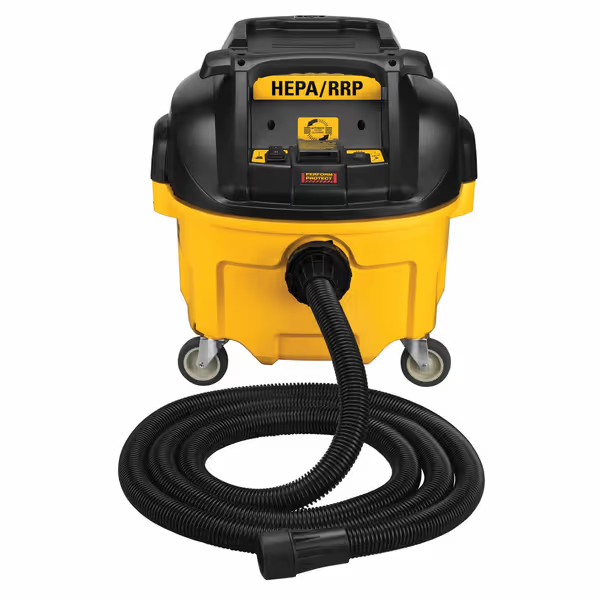
DEWALT DWV010 HEPA Dust Extractor
Ryobi 18V One+ Link Wet-Dry Vacuum PCL734
For RV owners already invested in the Ryobi ecosystem, this 3-gallon cordless model offers remarkable flexibility in tight spaces. Its compact design solves multiple RV-specific pain points.
Why It Works for RVs:
- Cordless freedom (18V brushless motor) eliminates tripping hazards in narrow RV aisles
- Balanced performance (50 CFM airflow, 46 inches water lift) handles both fine dust and liquid spills
- Modular organization through Ryobi's Link system keeps accessories secured during travel
- Compact footprint (19" x 14" x 16") fits easily in RV storage compartments
- Clever accessory storage keeps attachments organized in tight quarters
RV-Specific Considerations:
- Battery runtime (approximately 20 to 30 minutes) requires strategic planning for larger cleanups
- Includes multiple attachments perfect for RV nooks and crannies
- Anti-static hose prevents shocks when cleaning electronics or sensitive equipment
This is my top recommendation for solo RV travelers who need a versatile, storable solution that integrates with their existing tool ecosystem.
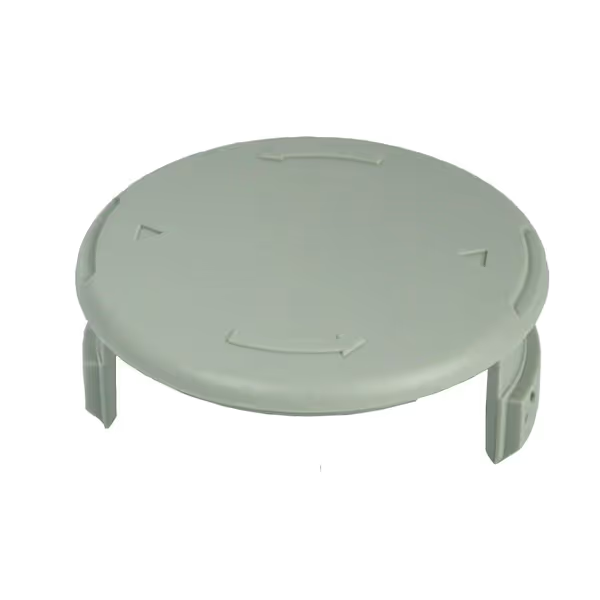
RYOBI OEM Spool Cap 522994001
Vacmaster Beast 5-Gallon Wet-Dry Vacuum
For RV owners who regularly tackle liquid messes (from cooking spills to unexpected weather), this workhorse delivers exceptional water-lifting capability in a surprisingly compact package.
Why It Works for RVs:
- Outstanding water lift (82 inches) handles significant liquid volumes without motor strain
- 5-gallon capacity balances collection ability with RV storage constraints
- Compact footprint (17" diameter) fits in tight RV storage areas
- Durable construction withstands the vibration and movement of travel
- 1-7/8" hose diameter provides strong suction for larger debris
RV-Specific Considerations:
- Power cord management is critical, use a cord wrap system to prevent tangles in small spaces
- Requires a dedicated storage spot due to size, but its performance justifies the space
- Includes accessories ideal for cleaning RV slides and awnings
This is the ideal solution for full-time RVers who prioritize handling wet messes without multiple cleanouts.
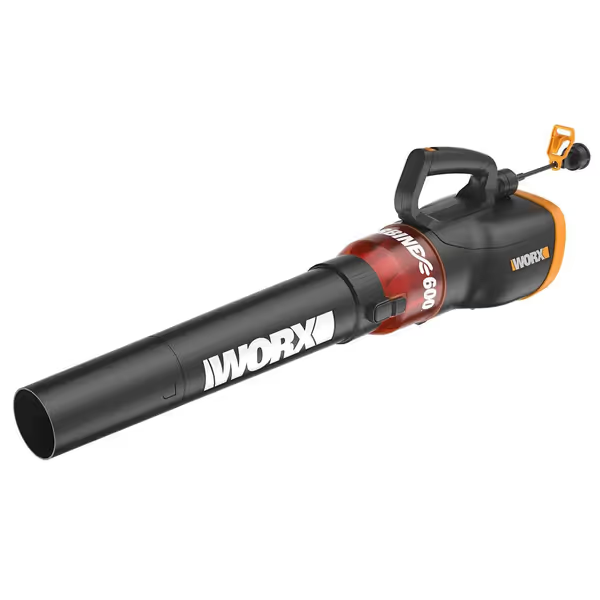
WORX WG520 Turbine 600 Electric Leaf Blower
Step-by-Step: Installing Your RV Vacuum System
Follow this site-ready checklist to ensure your vacuum setup actually works in your mobile environment. I've refined this process through years of field implementation.
Step 1: Measure Your Storage Space
- Identify potential storage locations (under seats, in closet compartments, basement storage)
- Measure depth, width, and height (don't forget clearance for removal)
- Mark maximum dimensions with painter's tape before shopping
Pro Tip: Leave 2 inches of clearance around the vacuum for heat dissipation and easier removal
Step 2: Map Your Most Common Mess Types
Create a simple chart like this:
| Mess Type | Frequency | Required Features |
|---|---|---|
| Cooking spills | Daily | Wet capability, odor control |
| Trail dust | After every trip | HEPA filtration, fine dust bag |
| Pet hair | Weekly | Specialized brush roll, extra filters |
| Liquid emergencies | Occasionally | High water lift, drain port |
Step 3: Establish Your Mounting Solution
- Wall-mounted: Best for small RVs (use heavy-duty brackets to prevent shifting during travel)
- Slide-out tray: Ideal for under-seat storage (lets you pull the vacuum out without lifting)
- Caster solution: For larger RVs with dedicated storage bays (ensure wheels lock securely)
Step 4: Create Your Accessory Kit
Store these in a dedicated container mounted near your vacuum:
- Crevice tool for tight spaces between seats and cabinets
- Upholstery brush for furniture and beds
- Wet/dry floor nozzle
- Extension wands for reaching overhead compartments
- Spare HEPA filter (if applicable)
- Microfiber cleaning cloths
Maintenance Protocol for RV Vacuum Longevity
In my experience, vacuums fail most often in RVs not because of poor design, but because of improper maintenance in mobile environments. Follow this simple protocol:
Daily Maintenance
- Empty canister after each use (especially wet contents)
- Wipe exterior with damp cloth to prevent dust buildup
- Check hose for obstructions using a flashlight
Weekly Maintenance
- Clean or replace filters according to manufacturer guidelines
- Inspect seals for cracks or wear (critical for HEPA performance)
- Lubricate moving parts with silicone spray
- Clean collection chamber with mild soap and water (dry completely before reuse)
Seasonal Deep Clean
- Replace all worn parts (hoses, gaskets, wheels)
- Test electrical components for safety
- Verify HEPA certification if applicable
- Apply protective coating to plastic components to prevent UV damage
Remember: Containment first; cleanup is the insurance your lungs deserve. In the confined air space of an RV, proper filtration isn't optional, it's essential for your long-term health.
Actionable Next Step: Your RV Vacuum Readiness Assessment
Today, complete this simple 10-minute assessment to determine your ideal vacuum solution:
- Measure your two most viable storage locations (write down dimensions)
- Document your three most frustrating cleaning scenarios from the past month
- Check your electrical system capacity (15A or 30A service)
- Identify one must-have accessory you're currently missing
Then, match your findings against our product reviews to select the vacuum that meets your specific RV requirements, not just marketing promises. When you implement a solution designed for your actual space and needs, you'll breathe easier knowing your mobile home stays clean and safe, trip after trip.
Your health, your rig, and your peace of mind are worth the investment in the right compact power setup.

